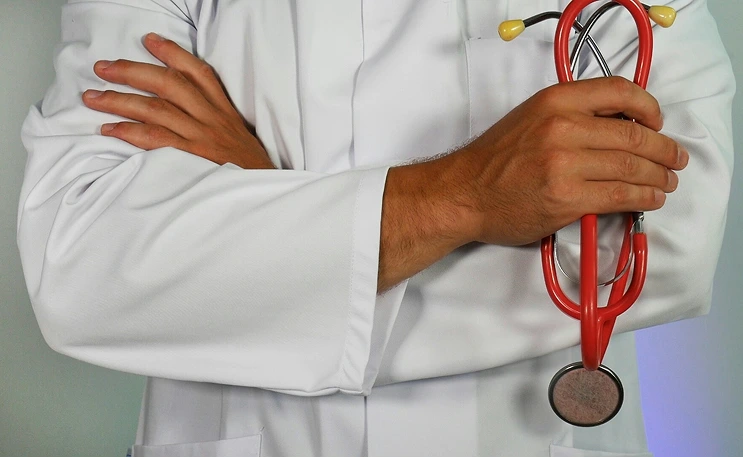Sacroiliac joint pathology encompasses a spectrum of conditions, including infection, inflammatory arthropathy, tumour, and degenerative disease. When clinical and imaging findings are inconclusive, direct biopsy of the sacroiliac joint provides valuable diagnostic information to guide appropriate treatment. This challenging procedure requires precise needle placement into the narrow joint space to obtain representative tissue while avoiding adjacent neurovascular structures.
Robotic assistance dramatically improves the feasibility and safety of sacroiliac joint biopsy. After patient positioning and registration, the robotic system creates a detailed 3D map of the complex sacroiliac anatomy. The surgeon plans the optimal trajectory to access the joint space, which typically requires navigation between the dense ligamentous structures surrounding the joint. The robotic arm guides the placement of a biopsy needle with submillimeter precision along the planned path directly into the joint space. This exceptional accuracy potentially increases diagnostic yield while reducing the risk of complications from needle malposition.
The precision of robotically guided biopsy is particularly valuable in the sacroiliac region, where traditional fluoroscopic guidance may provide inadequate visualisation of the complex three-dimensional anatomy.

